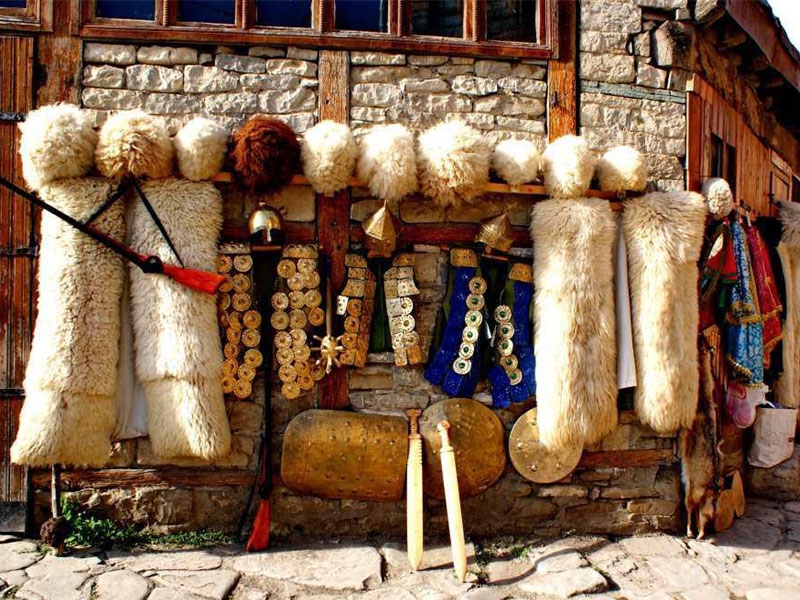Tour to village of artisans – Lahij
Duration of the tour: 1 Day (9-10 hours)
Itinerary: Baku – Shemakha – Lahij – Baku
Length of the route: approximately 180 km (one way)
Pick-up & Drop-off: your hotel (within Baku)
Excursion type: Private
Language: English (other languages upon request)
*Economy package – Tourists will be provided the following services:
– Professional driver
– Personal comfortable transportation during tours (Minivan or Jeep 4X4)
– Guide service (Additional)
*Group package – Tourists will be provided the following services:
– Busses from 18-47 seats
– Guide service (Additional)
EXCLUSIONS
- Any meals
- Personal expenses
DESCRIPTION
Shemakha
Shemakha is an ancient capital of Azerbaijan. It was founded in V century B.C. In IX—XVI centuries it was the capital of Shirvan khanate, residence of Shirvanshah’s and one of the most beautiful cities of the East. From the middle of XVIII century Shemakha was the center of Shemakha khanate.
Gulistan fortress, referred to the XI-XII centuries, is the main sightseeing of the city. The fortress was constructed with a defensive purpose. Another popular places of interests in Shamakhi are – Seven Domes (Yeddi Gumbez) Mausoleum, with numerous burials of Shemakha rulers, Juma Mosque (X century), the oldest mosque in the Caucasus and the Middle East after Derbent Juma mosque, ruins referred to the X-XVII centuries.
Nowadays, Shemakha is also considered as a winemaking & carpet weaving center. In addition to all the above, Shemakha is a literary city, which is the hometown of many Azerbaijani poets.
Lahij
High-altitude village Lahij, situated in Ismayilli Region, is an original monument of the ancient architecture. In this medieval town, well known not only in Caucasus, but all over the world, cobbled streets & ancient squares are preserved in their origin. Here you can find not only articles made of copper, leather and wood, used in household, but also peculiar samples of cold steel. Here you can find a lot of workshops, where hereditary blacksmiths are still creating household items. In addition to observing of the process, you can acquire just made good.
The village was found in III-IV B.C. Interesting fact, water and sewage system was constructed more than 1500 years ago, and no one of local citizens knows where it starts, where it ends & how it works. Nowadays town Lahij is an historical-architectural heritage, preserved by the government in its original form.


